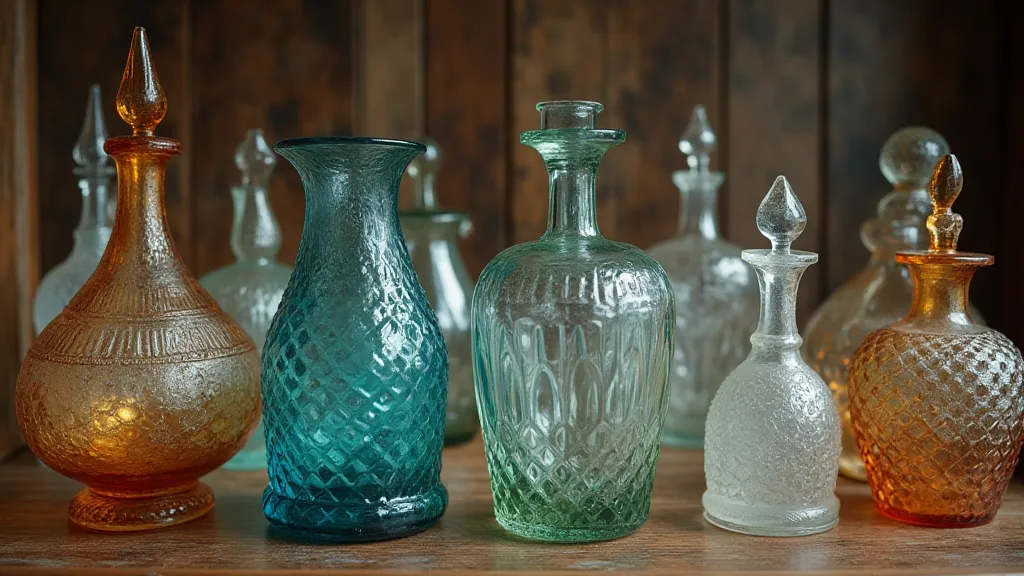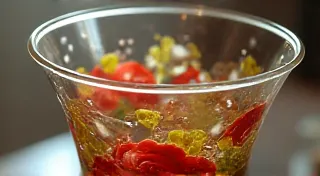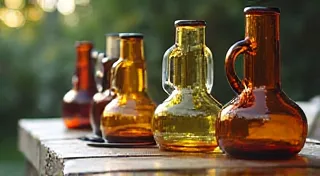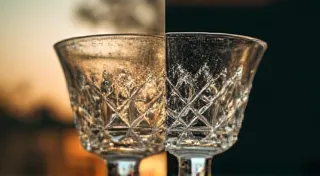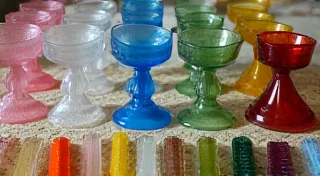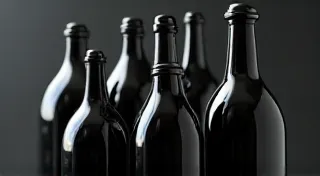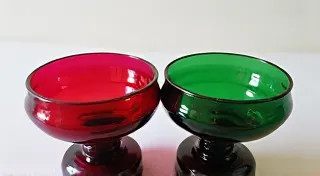The Art of Pattern Recognition: Tips for Identifying Glassware
Identifying antique glassware patterns can feel like deciphering a complex code. But with practice and a few key techniques, you can develop your pattern recognition skills and unlock the stories behind these beautiful collectibles. This article provides practical tips for approaching glass identification and understanding the nuances that differentiate one pattern from another.
Understanding the Basics: What Defines a Pattern?
A "pattern" in antique glassware refers to a consistent, repeating design applied to the glass. This isn's just about the color or shape; it’s about the specific combination of motifs, cuts, molds, or techniques used to decorate the piece. Common elements include:
- Motifs: Flowers, leaves, geometric shapes, animals, or abstract designs.
- Cutting: Precise cuts creating etched details, often creating a latticework effect.
- Molding: A process where the design is pressed into the glass during its creation.
- Color: While color isn't always part of the pattern definition, it can be a significant identifier. The nuances of color variations, particularly in pressed glass, are fascinating and can significantly impact a pattern's identification – something collectors deeply appreciate.
- Shape: The overall form of the piece – a goblet, vase, plate, etc. - contributes to its identification.
Step-by-Step Pattern Recognition Techniques
Here’s a breakdown of how to approach identifying antique glassware patterns:
1. Observe the Overall Shape and Form
Before diving into the details, take a good look at the overall shape. Is it a goblet, a vase, a plate, or something else? This immediately narrows down possibilities.
2. Detailed Visual Inspection
Carefully examine the surface of the glass. What elements do you see repeated? Are there floral motifs, geometric shapes, or something more abstract? Note any unusual features or irregularities.

3. Consider the Decoration Technique
Is the decoration achieved through cutting, molding, or a combination of both? Cut glass has distinct etched patterns, while molded glass features pressed designs. Sometimes, manufacturers combined these techniques. It’s important to consider the specific color used with these techniques – a vibrant ruby red, for example, can dramatically change the visual impact and add to the rarity of the piece.
4. Look for Markings and Maker's Marks
Many antique glass manufacturers applied marks to their pieces, although these are not always present. These marks can be incredibly helpful in identifying both the pattern and the manufacturer.
5. Compare with Known Pattern Catalogs & Resources
Once you have a good description of the glass, consult pattern catalogs and online resources. There are many excellent websites and books dedicated to identifying antique glassware patterns. Comparison is key. Don't expect a perfect match – look for similarities in the motifs and techniques. Many collectors find that recognizing rarer and more valuable glassware patterns takes years of dedicated study, and resources can be a great help. Sometimes the color alone plays a significant role; understanding colored glass variations can open doors to appreciating the subtle differences and nuances in identification.
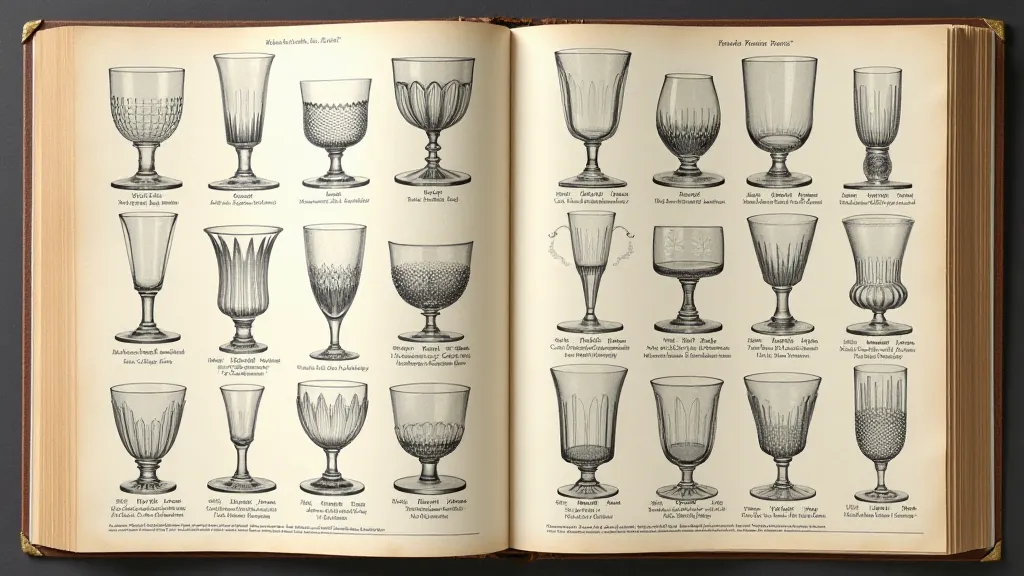
6. Document Your Findings
Keep a record of your observations, including photographs, measurements, and any maker's marks you find. This will help you track your progress and build a valuable reference library.
Common Challenges & How to Overcome Them
Identifying antique glassware can be challenging. Here are some common hurdles and suggestions for overcoming them:
- Variations within a Pattern: Manufacturers often produced variations of a pattern, which can complicate identification. Focus on the core elements and be prepared for slight differences.
- Blends & Hybrids: Some pieces combine elements from different patterns, making them difficult to classify. Try to identify the most dominant patterns. These hybrid patterns are often the most intriguing for collectors, but require a keen eye and extensive knowledge.
- Damage & Wear: Damage or wear can obscure the pattern details. Try to view the piece in good lighting and from different angles.
- Color Complexity: The impact of color is sometimes underestimated. A seemingly simple pattern can be elevated to a highly prized collectible if rendered in a sought-after color. For example, the same pressed glass pattern might be relatively common in clear glass, but incredibly rare and valuable in emerald green. Exploring the variations in color is crucial to appreciating the full spectrum of possibilities within the world of antique glass. Studying chromatic echoes: the silent language of pressed glass helps unlock this complex relationship between hue and collectability.
Deeper Dive: Understanding Color and Chromatic Significance
Color isn't merely an aesthetic element in antique glassware; it's a vital clue to its age, manufacturer, and potential value. Certain colors, like ruby red and emerald green, were achieved through specific chemical processes that were costly and complex, making them less common and significantly raising the value of pieces rendered in those hues. The history of these processes and their impact on collecting is fascinating. Collectors often spend years studying the evolution of color in glass production. The silent language of pressed glass, as some collectors describe it, reveals a lot about the era and artistry involved. It’s a complex interplay of chemistry, artistry, and historical context.
Beyond Patterns: Exploring Depression Glass
For those newer to the world of antique glass collecting, a great place to start is with Depression glass patterns. This readily accessible and relatively affordable category offers a fantastic introduction to the fundamentals of pattern recognition and the beauty of antique glassware.
Resources for Further Exploration
The world of antique glassware is vast and fascinating. Keep learning, keep observing, and most importantly, enjoy the journey of discovery! To further enhance your understanding, particularly when seeking those truly rare and valuable finds, consider exploring rare and valuable glassware patterns. Understanding the characteristics that elevate a piece from common to extraordinary is a skill honed over years of dedicated study.
